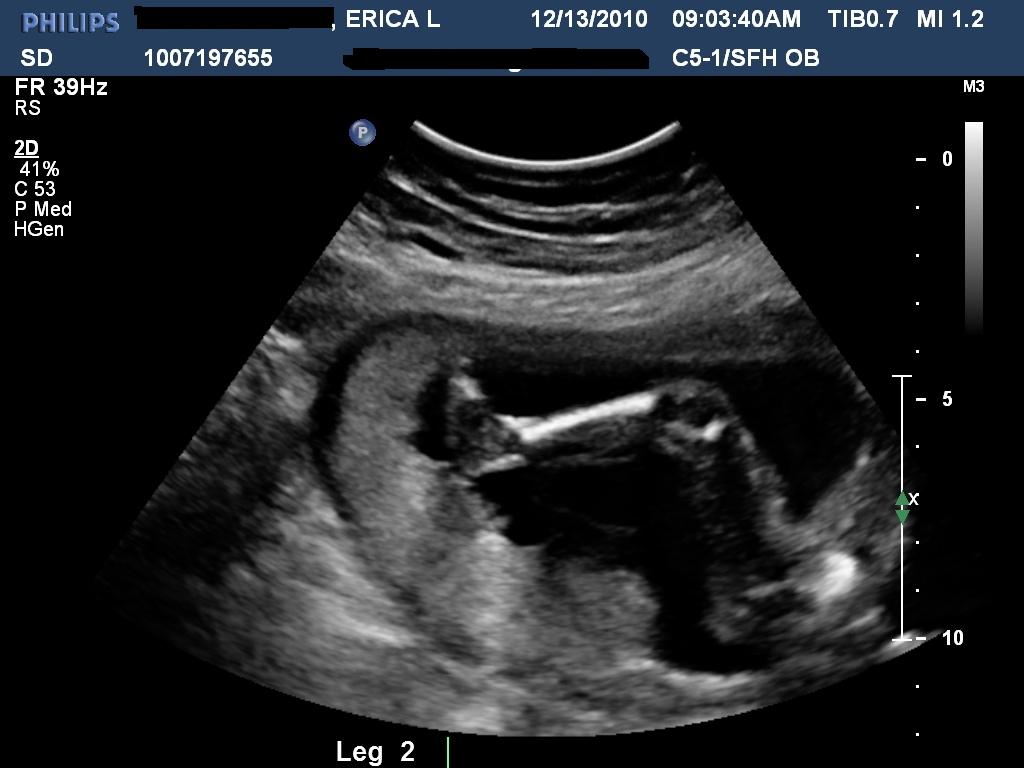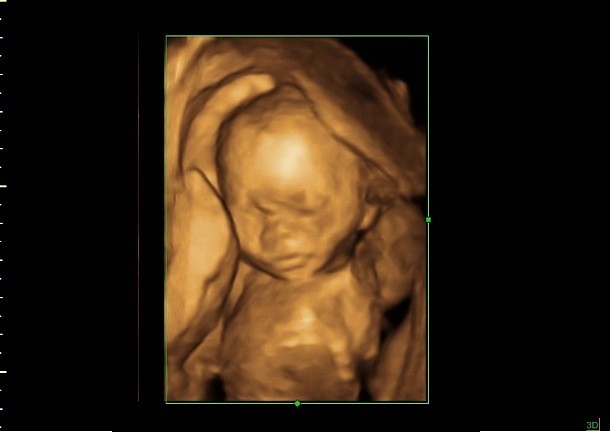
Previous pregnancies causes the abdominal and uterine muscles to become more relaxed and less tight, this may cause the bump to show earlier, maybe comparatively bigger, earlier on in the pregnancy. Race and ethnicity also does play its role. In fact, size is usually affected by genetics, and will vary depending on how tall or short your parents are. More often, the size of the bump, either large or small, is related to the body type of the mom-to-be, and not the babies growth patterns. Women who are at the same stage of pregnancy may sport bumps in a range of shapes and sizes. On the other hand, it may be possible that it’s just a perfectly healthy baby. In the case of a breech baby or if there’s placenta previa present (it happens when the placenta is lying unusually low in your uterus, next to or covering your cervix) then the fetus will measure large. If the bump shows earlier on in the pregnancy, then there are strong chances of carrying twins. Having too much of amniotic fluid contributes to larger babies, or maybe the due date is wrong or it’s been more than two weeks past the due date resulting in a larger baby. If the abdominal and uterine muscles are more relaxed, then the bump can be mistaken for a larger baby. Gaining a lot of weight between pregnancies or having not lost weight from a previous pregnancy or gaining a lot of weight during this present pregnancy can cause larger babies. The baby’s measurements could be related to a high body mass index (BMI) at the start of the pregnancy. If the scan shows that your baby is large, then your OB/GYN or midwife will look for uterine fibroids or may want to monitor your blood sugar levels to see if you’re developing gestational diabetes or have pre-existing diabetes. An ultrasound scan can give better measurements of the baby. Should the measurements read large, it simply means that your fundal height is 2 centimeters or more than expected for your stage of pregnancy compared to the average pregnancy. Statistics show that women who previously had a small baby have a higher chance of conceiving another small baby. The age of the mother could have some bearing on the growth of the fetus, especially in cases where the mother is under 18 or over 35, then they’re most likely to have a small baby. Excessive exercise or dieting can also affect the baby’s nutrition causing the baby to be small. If a mom-to-be has not been eating well, poor nutrition can affect your baby’s growth.


Even having less amniotic fluid causes slow growth. It might also be caused by fetal problems due to some genetic abnormalities or an infection, the fetus may have poor growth and so the problem could be with the fetus itself. Smoking, drinking and/or drug abuse significantly increases the chances of having a small baby as they are the most common cause of poor fetal growth. In rare cases, the placenta simply wears out and tends to stop working even before the fetus is able to grow in the womb. Placental problems can cause a baby not to grow at the usual rate, especially if the fetus is not getting enough food and oxygen while in the womb. There are few well known reasons for measuring small. If your doctor indicates that you are measuring small, it simply means that your fundal height is smaller (considered to be more than 2 centimeters smaller) than expected for your stage of pregnancy when compared to that of an average pregnancy. These measurements are compared to a fetal growth chart which will indicate if you are on track with normal measurements for your stage of pregnancy. Since the introduction of ultrasound, the prediction of size has been more reliable and predictable, which giving a more accurate estimate of your due date. This can be frightening and distressing for the woman, but measuring small or large doesn't automatically signal a problem with the baby's development. Is baby's fundal height measuring small? Your OB/GYN will be able to let you know during the ultrasound. So, at 20 weeks, your fundal height should be measuring at somewhere between 18-22 centimeters. It should be roughly equal to the number of weeks of pregnancy, usually with a variation of one or two centimeters in either direction. The fundal height is measured in centimeters for most of your pregnancy. Measuring the baby's fundal height – the distance from the top of your pubic bone to the top of your uterus allows your OB/GYN to roughly assess the size of your uterus and the size, growth rate and positioning of your baby.


 0 kommentar(er)
0 kommentar(er)
